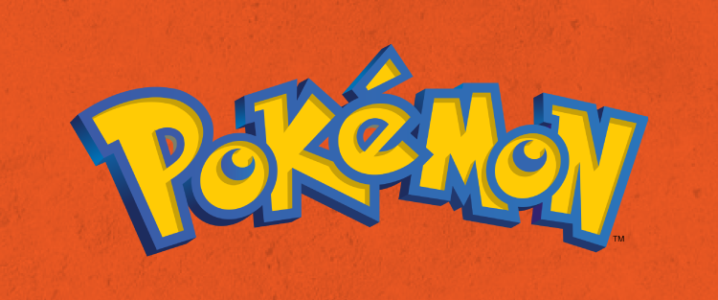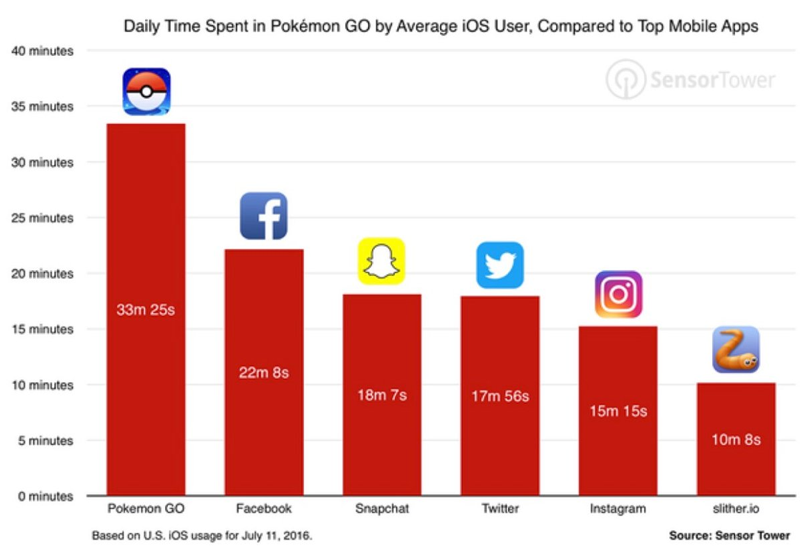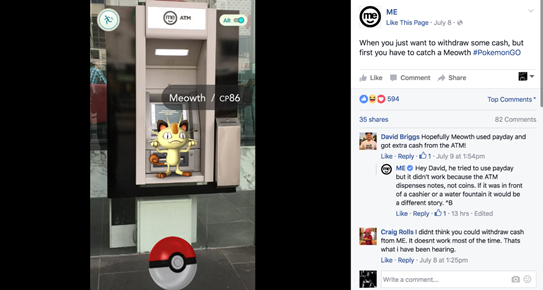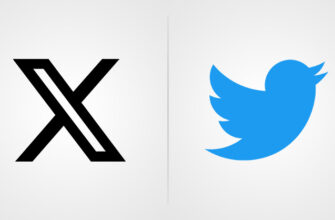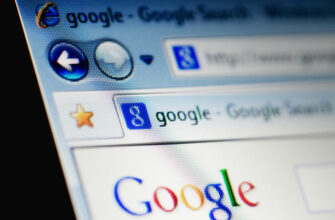You must probably be acquainted with Pokémon Go, unless you are hiding obliviously under a Pokéball. The monster catching frenzy has literally taken the world by storm, sweeping everything in its wake. The Niantic Labs creation has surpassed Twitter for active usage and is the most downloaded iOS game in history. The unprecedented rate at which this augmented reality mobile exploration game has spread like wildfire hasn’t gone unnoticed by avid marketers.
According to a report, the average iOS user spends over 33 minutes playing Pokémon GO, which is roughly 33% more than the time being spent on Facebook and 45% more than the time being spent on Twitter and Snapchat.
People are so enamored with journeying around town looking for elusive animated creatures that sore legs and escalating gas bills have become a norm. In fact, this virtual reality game has become so ubiquitous, that you are hardly likely to stumble across one person who looks at you with a blank, uncomprehensive stare when you take up the Pokémon GO battle cry! This has intrigued our curiosity to be sure; unlike the rather obnoxious, “In-your-face” branding secrets of Trump, how has Pokémon Go skyrocketed to such astounding popularity without obtrusive marketing gimmicks and conspicuous branding?
Seeing Is Believing; Stats Behind Pokémon Go’s Virility
How many ads have you seen yet for ‘Pokémon Go’ leading up to its launch? High chance are that none! In a world inhabited by marketers who are employing hyper-targeted strategies to drive conversion and brand awareness from the “right” audience”, it rather seems like a far-fetched fantasy that success can be achieved capitalizing on a generalized approach. This is why, when Pokémon Go became the most viral mobile app across race, genders, cultures, and generations in less than a week after its launch, marketers over the globe were awed.
With little advertising or much ado, Pokémon Go was downloaded on more than 5.6% of all Android devices in the U.S. alone, surpassed Twitter in daily active users on Android, and has been downloaded on more Android phones than Tinder! This fervent public reaction is a telling omen of the contemporary state of the digital marketing industry! While marketers have always focused their energy on seeking the right time to drive key marketing objectives, the burgeoning success of Pokémon Go is a living testament that an agnostic reposition can work wonders when done right.
Pokémon Go’s Branding Undergoes The Scrutiny Of Our Panelists
In order to get right down to the gist of the matter, we have asked our panelists to shed some light on the subtle branding tactics of Pokémon Go and unearth its mysteries.
- Marie Goldstein, Social Marketing Manager at 360i
- Jonny Stringer, Marketing Manager at Purpose Media
- Nicolas Marlin, Director of marketing at Loot Crate
- Nathan Smith, Associate Content Director at Studio Brand Collective
A Wave Of Nostalgia
Let’s take a walk down the memory lane and reminisce the brilliant branding Pokémon established back in the good old days. As any 90’s kid (or adult for that matter) would tell you, Pokémon was a pretty huge deal. Trading and collecting Pokémon cards with fellow aficionados was a major event. If you wanted to be cooler than the next kid, you had to have a handsome collection or be wiped out! The new Pokémon Go has tapped into our memories and trigged a sense of nostalgia. It’s hardly likely to miss the Pokémon hubs when throngs are amassed looking at their screens in awed wonders.
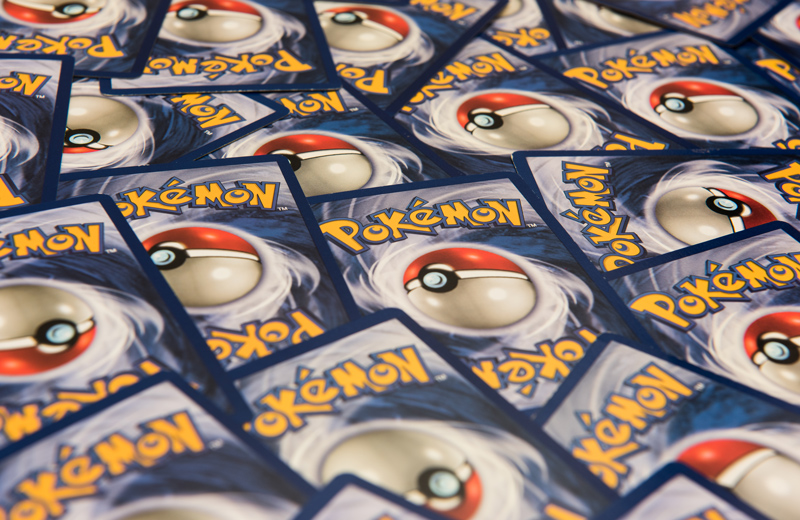
Image Source: iStock/apilarinos
Instead of splurging a fortune creating new characters, building interest, and promoting them, Nintendo chose to revisit a brand that was already a household name! Capitalizing on that existing, proven asset permitted the company to save money and time, and position the new App with a better chance of success and acceptance. While the current revival of Pokémon has forced loyalists out their woodworks, the younger generation has also jumped on the bandwagon and joined in their love for the brand.
Pokemon nostalgia😍 pic.twitter.com/iul5WZyjtO
— Funny Pokemon (@FunnyPokemon) August 2, 2016
Nintendo’s Pokémon GO Wins with Technology and Nostalgia https://t.co/vVa9mewhZR
— Gary Vaynerchuk (@garyvee) July 12, 2016
While retro is complicated, Pokémon Go has made some pretty prudent choices on this front. It has not just poised its bets on grown-up 90s kids, the new app is diligently tweaked to appeal to other generations as well. If the streets are any indicator, the new game has certainly made its way to the schoolchildren of 2016 too.
According to Marie Goldstein, Social Marketing Manager at 360i,
“Having a fanatical fan base to start and continue the Pokémon Go conversation helped genuinely build the game’s popularity rather than a celebrity-like influencer who has extensive reach but little credibility within the niche community. Its adaptive nature has allowed Pokémon to shape a pan-generational brand. For avid gamers who had blindly followed the Pokémon brand over decades, the app triggered a sense of nostalgia, while for the younger generation, who are unaware of the Pokémon rage of the late ’90’s and early ‘2000’s, the innovative augmented technology had a strong appeal.” Win-Win Situation!

Down The Rabbit Hole
One of the reasons that Pokémon Go didn’t have to work tooth and nail at branding, is because brands jumped on the bandwagon and did it for them; inadvertently of course. In their quest to attract foot traffic their way, brands have found a new avenue where heads down, eyes glued to the screen, Pokémon aficionados can walk into their stores, without knowing what entrapped them.
This is a world of Pokémon, and brands are simply living in it. McDonald’s share price in Japan soared miraculously after the famous chain cemented a partnership with the Pokémon Company to turn 3000 of their restaurants into Poke Gyms or Poke stops. In order to attract customers their ways, businesses have been using the app progressively to lure people in. While only a few lucky businesses are fortunate enough to be chosen as Poke-stops and Gyms, the rest have beaten around the bush to grab this opportunity.
Some stores are found buying Lure Modules to let loose the monsters in their stores, some are providing smartphone charging points for Pokémon GO players, Some are drawing attention to themselves through Facebook posts and creative tweets, some businesses are moving to where the all the Pokémon hangout, while others are flaunting snapshots of rare Pokémon spotted in their vicinity or captured by customers in their premises, to entice people to a visit! While this has allowed stores to escalate sales, it has simultaneously boosted the appeal of the app, making it an almost religious obligation for people afraid of sounding run-down and “uncool”.
Here’s how some of your favorite brands are taking up the battle cry:
If you’re playing #PokemonGO then you should know, or bookshop is full of them! Come browse and catch them all! pic.twitter.com/cGC42naQa3
— Waterstones Walton (@WaterstonesWoT) July 11, 2016
Because #PokemonGO https://t.co/OyZwxQGdmt pic.twitter.com/3BOvz9DGR2
— Amazon (@amazon) July 11, 2016
Just another reason to come by #FuzzysTacoShop today. Thanks for the report, @MatthewGrant10. #PokemonGo pic.twitter.com/lYWNOEZQPN
— Fuzzy’s Taco Shop (@fuzzystacoshop) July 11, 2016
When you just gotta catch ’em all. #PokemonGO is on at the Mall! pic.twitter.com/R2LZ9WtWOh
— Mall of America (@mallofamerica) July 11, 2016
According to Jonny Stringer,
“The avalanche of Pokémon conversations means there were more tweets covering ‘Pokémon Go’ in the week of its release, than there were at peak times for ‘Brexit’ and ‘Euro 2016’. Whether it was a deliberate ploy or not, the app was available through unofficial sources before it was released by Nintendo, and that certainly got the ball rolling. Screenshots were appearing and tips were being discussed before Nintendo made its (official) first move. This apparent exclusivity meant Pokémon Go had brand advocates before it was even released.”
A Sense Of Belonging
In the past month, an unprecedented number of people from all backgrounds, walks of life, and ages have joined in on the phenomenon; meeting up with other players of their chosen team, joining in groups, going on walks- all in a quest to capture the wild Pokémon, arrange trainer meet-ups, and engage in “friendly” gym competitions to dominate rival teams. Even people who have never been a fan of the anime television series or the Nintendo games, don’t want to be left out, and are finding themselves swept into the adventure and the community spirit this game is promoting.
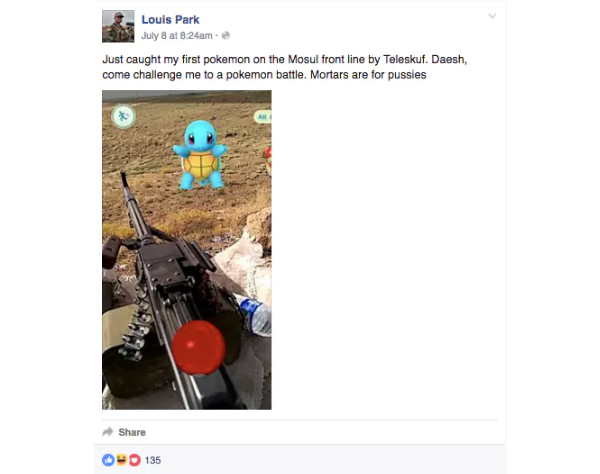
Image Source: Facebook/Louis Park

Image Source: Twitter/@MrWoofless
It’s impossible for anyone to use Pokémon Go in secret! Low-key users of Pokémon Go don’t exist, and even if they do, they can’t survive long. In order to achieve big, you need to actively engage with the app, visit areas you have never stepped foot in before, and run in to people who are also using the app.
This constant reinforcement of the thriving game makes users want to play more and join the community surrounding it. This allows users to feel like a part of something bigger than themselves, and anybody who still doesn’t play feels outdated and obsolete amongst the phenomenon that the world can’t seem to live without. An even more intimate instant of human engagement at Pokestops and gyms offers a point of differentiation that has become a hot topic of conversation, and made the game addictive, and activated perspective players.
I think @mollybakes have the right idea about #PokemonGo. And about attractive serving staff being a good thing. pic.twitter.com/h2Ihfb5b3L
— Scott Flashheart (@unlikelylad) July 19, 2016
Friends who play together stay together. #PokemonGO
[credit] budgetheronage
→ https://t.co/oae1Sgh3tj pic.twitter.com/36OM84x3iY— Pokémon GO News (@PokemonGoNews) August 23, 2016
Meeting random strangers through #PokemonGO is an absolutely remarkable experience. pic.twitter.com/KYnSEniT9G
— Miles Luna @ PAX (@TheMilesLuna) July 9, 2016
Social proofing is what truly propelled the success of this game. When people see other people so openly having fun, it’s highly contagious. This feeling of being “in the know” surrounding the game creates authentic ‘word of mouth’, which is better than any marketing gimmick. The more people use Pokémon Go, even more will be invested in it as a result!
According to Nicolas Marlin,
“In times when there’s so much that can pull us all apart, things like Pokémon Go bring people together. The customer experience don’t just end when the game is over; it lives on and keeps the customer engaged. It’s sharing the experience and the thrill of the catch, hanging out together at gym battles, or just enjoying being a part of something filled with other passionate fans. Successful customer experiences are rooted in building a community, cultivating it, and letting it evolve with your customer.”
Timing Is The Key
No matter how dearly we assert that Pokémon Go would have been a pop phenomenon regardless of when and where it was released, a closer glimpse into the branding secret of the app reveals that the launch date was diligently planned. As many of you may know, Pokémon Go arrived during summer break, a time when most school-aged children would be at liberty to hit the streets during the day, looking for Pokémon. In addition, longer daylight hours mean that kids and adults alike can scour the neighborhood for longer durations each day.
According to Nathan Smith,
“At any other time of the year, the app launch could have been a mild success, at best. Its explosion illustrates how important timing can be to creating an effective content strategy. The marketers behind Pokémon Go calculated the optimum conditions necessary to enjoy the game and launched it on a date that maximized those factors.”
Fiction + Reality= A Poké-Mantic Affair
After due deliberation and hours of Poke hunting (catching a few triumphantly), here’s what we think: The way Pokémon Go has played on the emotions and the nostalgic attachment of people has worked beautifully in setting a strong and loyal customer base for the game even before its anticipated launch. Combining the power of the past with state of the art Virtual reality technology has really upped the game for Nintendo, and made the game appealable to all and sundry. All in all; a Brilliant, out of the box, customer centric branding approach that all brands can learn a thing or two from!
However, it has stirred our musings and brought a more important question to the forefront; given the controversies enveloping the game’s success, the concerns about safety, and the incidents befalling active players that are permeating the news, doesn’t it render the entire branding lollapalooza a moot point? If the game indeed poses dangers for players, should it even be allowed to continue appealing to all and sundry?
Do let us know in the comments below!

